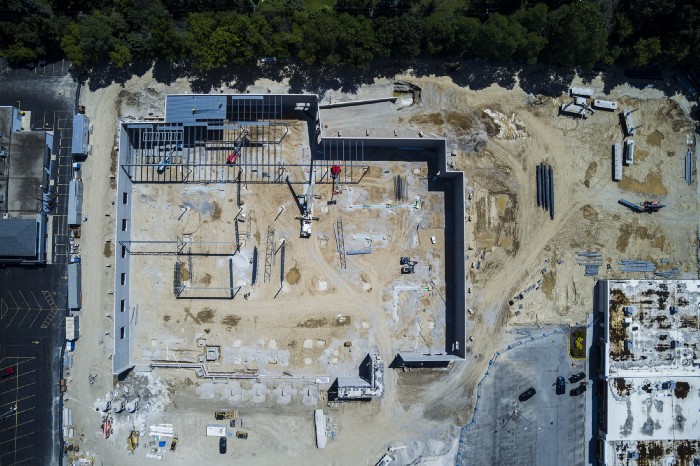
During the Soar Cast, Carpentier explains why 2005 proved to be a crucial year that led to the creation of his own business and the decision to pursue his interests, instead of keeping his job as a network engineer:
"Before I hit the road in 2006, I was getting interested in drones, apart from building websites and doing network engineering. In 2005, I got sick and the illness took about a year to diagnose. Being allergic, I decided I could better manage my environment from the mobile home while traveling and working remotely. So crafting my own business became a necessity at that point."

"Not everyone in the office knows what they’re looking at when I present them the data in the form of an orthomosaic or video time-lapse. By putting this into a presentation on a custom web page for them, it’s easier to view because not everyone you’re working with is an engineer or an architect; some of the people are office staff who don’t know what they’re looking at, but they’re going to be handing it off to their boss afterward, which is why we like to make it as easy as possible for them to see the results quickly. We also provide them all the data, so if they want to go deeper down the rabbit hole to do some 3D modeling. We can do it for them too, but they’re paying us primarily to collect the data for them."
“I think what a lot of people fail to realize when you’re getting into the drone business is that it’s not just flying the drone: you also need to be a video editor, as well as a photo editor. On top of that, you also need to have some IT background and be a web designer. There are a lot of checkboxes to tick off if you want to do a full package for clients in the construction industry, so just grabbing the drone is not going to be enough.”